|
Exhibition Schedule April
2021 – March 2022
|
1 April – 3 October
4
December – 31 March |
|
Permanent Exhibition: A History of Kinokuni (Wakayama) – People’s Lives and
Culture
|
|
|
|
|
|
13 March– 18 April
|
|
Planned Exhibition: Story Pictures of Kinokuni – A Pictorial Explanation About
a Sacred Place Called Wakayama -
|
|
24 April– 6 June
|
|
Special Exhibition: Sword World Kinokuni
|
|
12 June – 11 July
|
|
Planned Exhibition: Scenes from a Sacred Place –
The World of Pictures and Maps of Temples and Shrines -
|
|
17 July – 22 August
|
|
Summer Season Exhibition: The Meaning of Forms and Illustrated
Stories
|
|
28 August– 3 October
|
|
Planned Exhibition: Religious Art in Kinokuni - Various Forms of Shinto and Buddhist Deities -
|
|
16 October– 23 November
|
|
The 50th Anniversary Special Exhibition:
Treasures of Kinokuni – National
Treasures and Important Cultural Properties of Wakayama Prefecture
|
|
30 October– 23 November
|
|
Lobby Exhibition: Touch and Learn the History of
Wakayama
- Touchable Replicas of Cultural Properties and a Touch-and-Read Braille
Catalogue -
|
|
4 December–23 January
|
|
Special Exhibition: Wakayama and the Imperial
Family – An Exhibition of Masterpieces from the Imperial Household Agency’s Sannomaru Shozokan (the Museum of the
Imperial Collections)
|
|
29 January– 6 March
|
|
Planned Exhibition: Buddhist Statues in Local
Communities – Protection of Cultural Properties by Local Communities
|
|
12 March – 17 April
|
|
Planned Exhibition: Commemorating the 400th
Anniversary of the Waka-matsuri Festival: the Waka-matsuri Festival and
Waka-no-Ura Bay
|
|
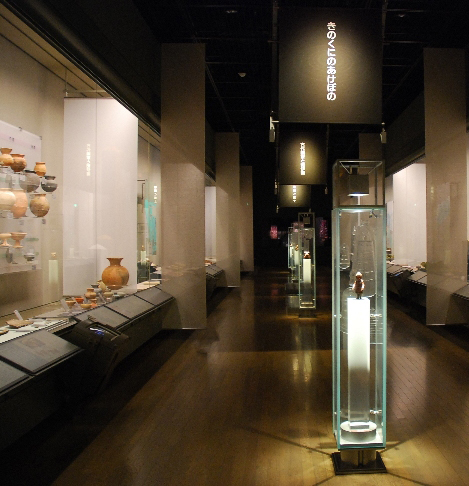
|
Permanent Exhibition: A History
of Kinokuni (Wakayama) – People’s Lives
and Culture
Tuesday, April 2–Sunday, October 6,
2019
Saturday, February 1–Tuesday, March 31,
2020
This exhibition
clearly illustrates the 30,000-year history of
Kinokuni—present-day Wakayama
Prefecture—focusing on the lives and culture of
local people, in seven chronological sections.
Each section also displays replicas you can
touch. Please note that the permanent exhibition
will not be on show during the period of the
special exhibition “Tokugawa Yorinobu.”
←Photo of the
permanent exhibition room at Wakayama
Prefectural Museum
|
|
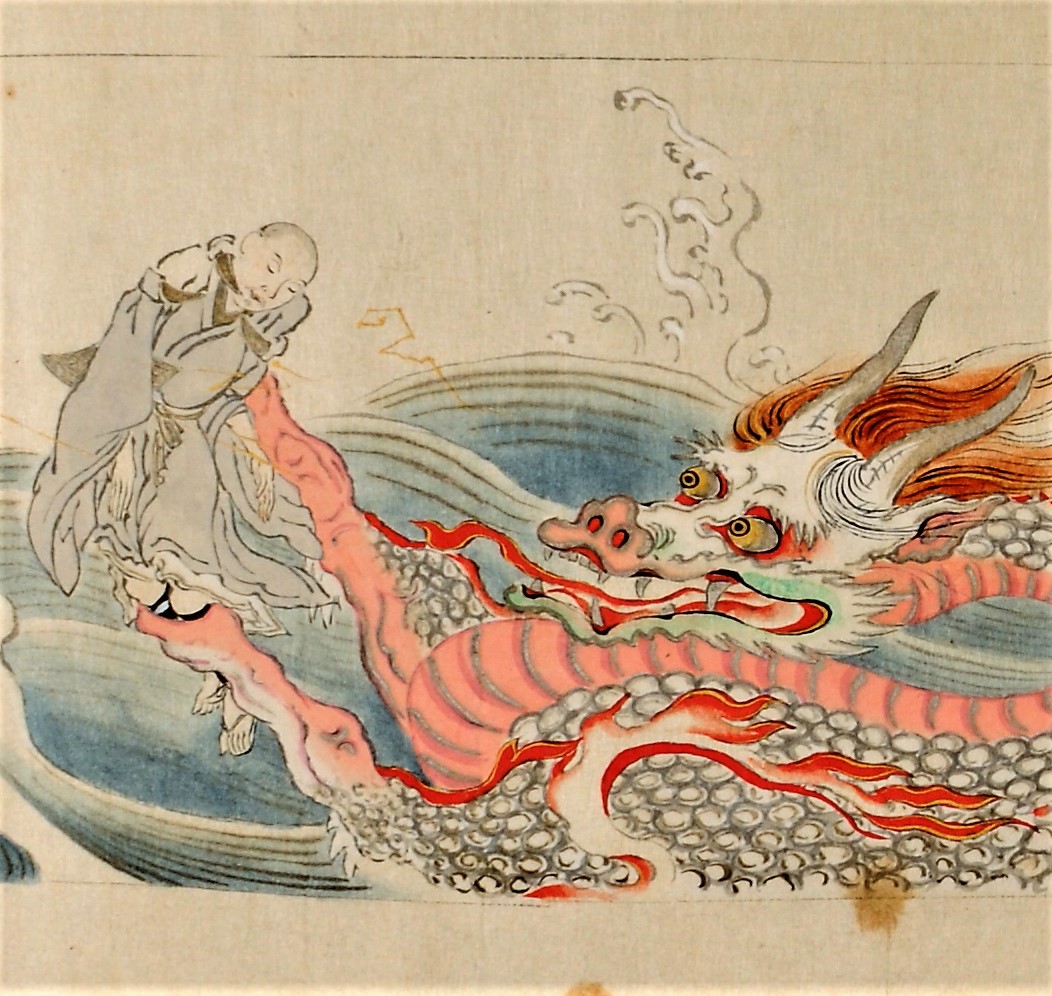
|
Planned Exhibition: Story Pictures of Kinokuni – A Pictorial Explanation About
a Sacred Place Called Wakayama
2021Saturday, March 13
to Sunday, April 18, 2021
Kinokuni, or Wakayama Prefecture, boasts a
wide variety of beautiful works, including
picture scrolls, that illustrate stories
about the history of temples or shrines, and
other kinds of stories. This exhibition
features a variety of illustrated stories
while focusing on the culture of picture
interpretation in Kinokuni.
← Picture scroll of the Origin of the Kumano
Gongen Deities (Wakayama Prefectural Museum)
|
|
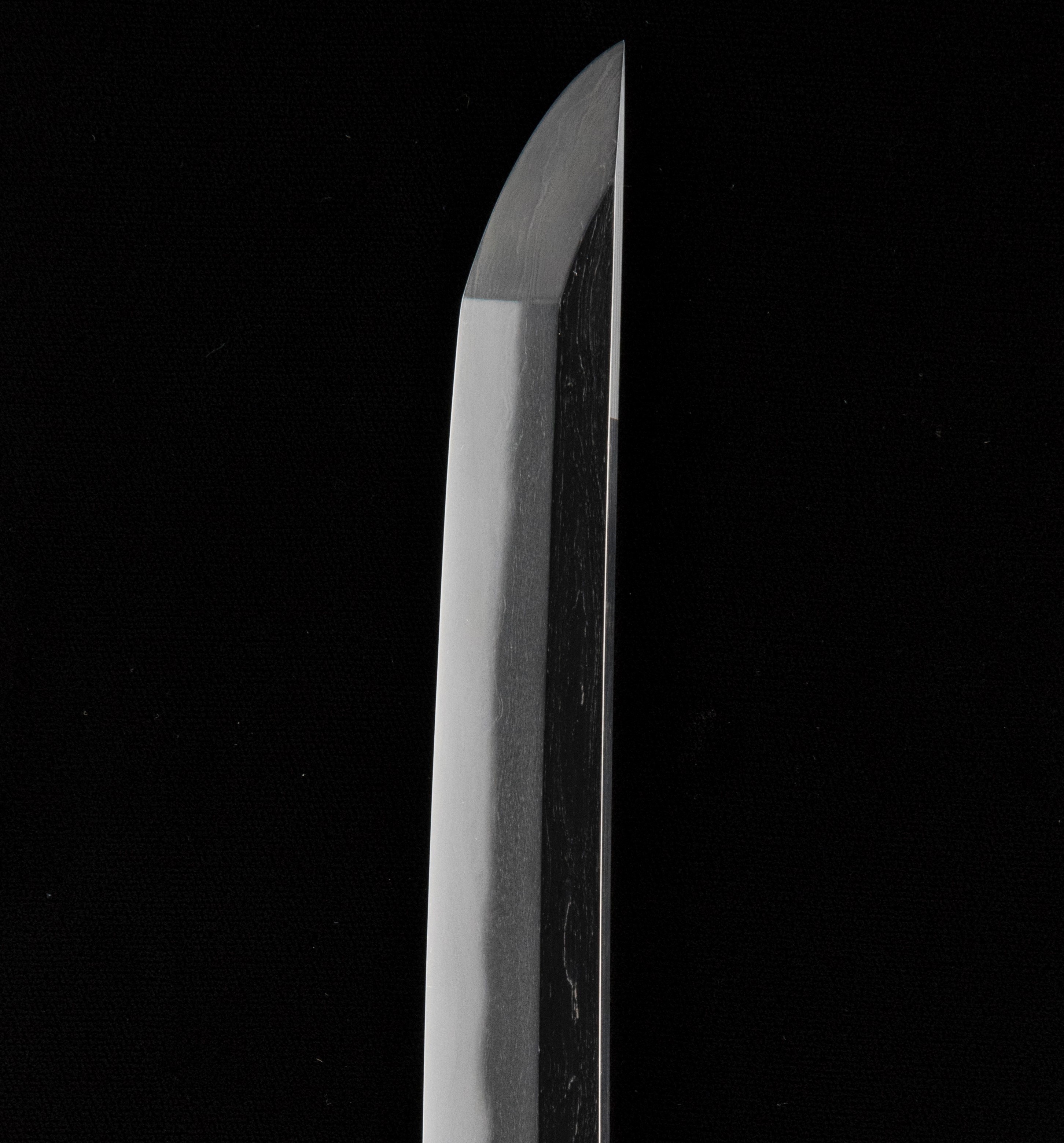
|
Special Exhibition: Sword World Kinokuni (Kishu)
24
April (Sat) – 6 June (Sun), 2021
This exhibition features swords made by four
swordsmiths (Iruka, Kokawa, Bunju, and Ishido) , who were active from the
Nanbokucho period onward in Kishu, as
well as notedories
m swords dedicated to shrines and temples, and sword accessade by the metalworkers of Kishu.
This is the first sword exhibition for some time.
←Sword made by Shigekuni ,
a designated cultural property of Wakayama Prefecture (museum collection)
|
|
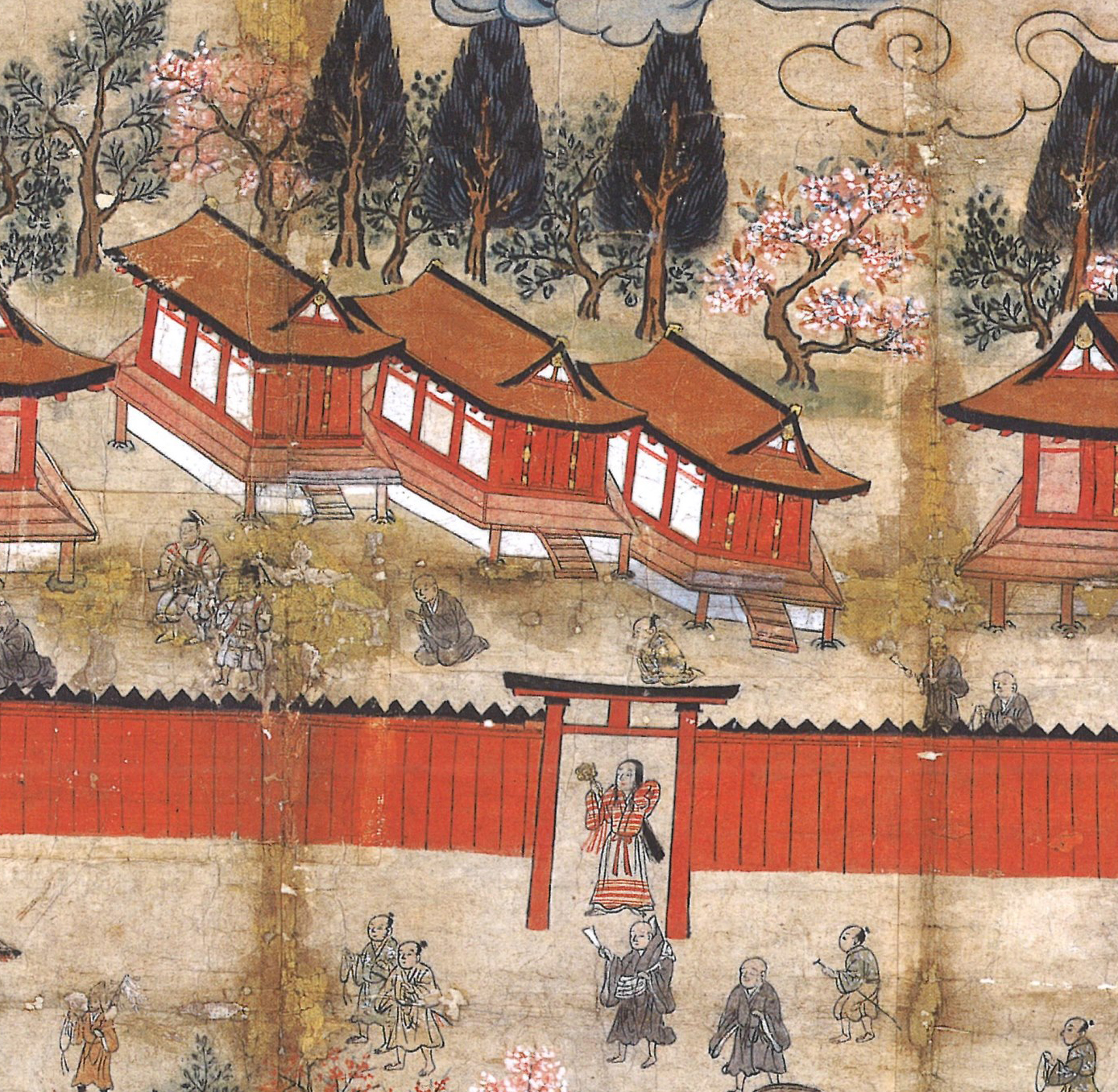
|
Planned Exhibition: Scenes from a Sacred Place – The World
of Pictures and Maps of Temples and Shrines -
12 June (Sat) – 11 July (Sun), 2021
There
are many sacred sites (temples and shrines) in Wakayama Prefecture, including Koyasan and Kumano Sanzan (the three grand shrines of Kumano), and old
paintings of temples and shrines still exist. This exhibition introduces the facets
and charms of temples and shrines in Kinokuni
through pictorial depictions of the landscapes where they were located.
←Nikko
Sankei Mandala (the mandala of the pilgrimage to Nikko Shrine), a designated cultural
property of Wakayama Prefecture (museum collection) |
|
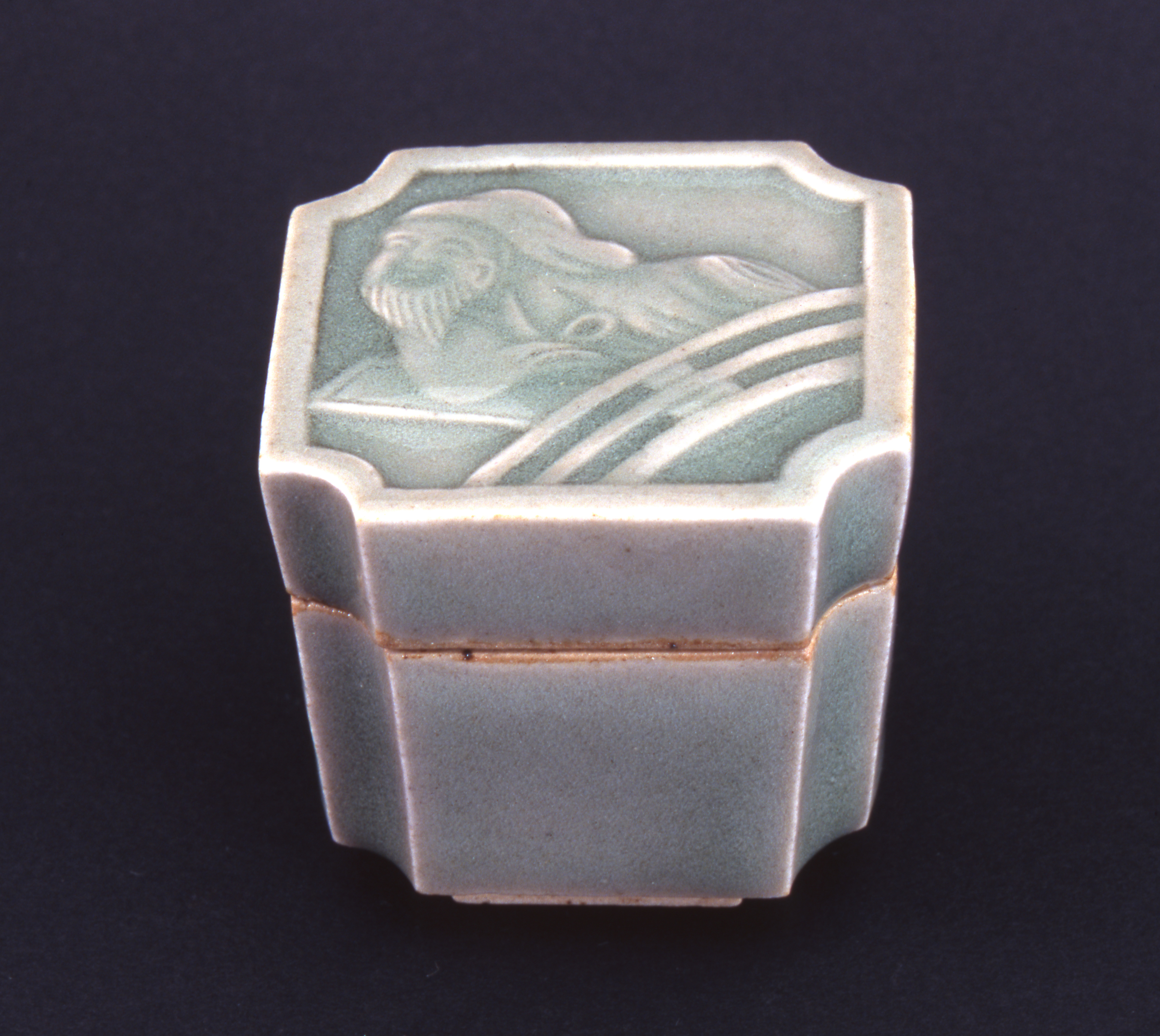
|
Summer Season Exhibition: The
Meaning of Forms and Illustrated Stories
17 July (Sat) – 22 August (Sun), 2021
This exhibition features cultural properties related
to Kinokuni (Wakayama Prefecture),
focusing on the motifs used in craft works and the themes of paintings. By
deepening your understanding of design and iconography, you may find new ways to
appreciate works of art.
←Zuishi-yaki
pottery, Zhou Maoshu’s face carved on
a celadon incense container used for tea ceremonies (museum collection)
|
|
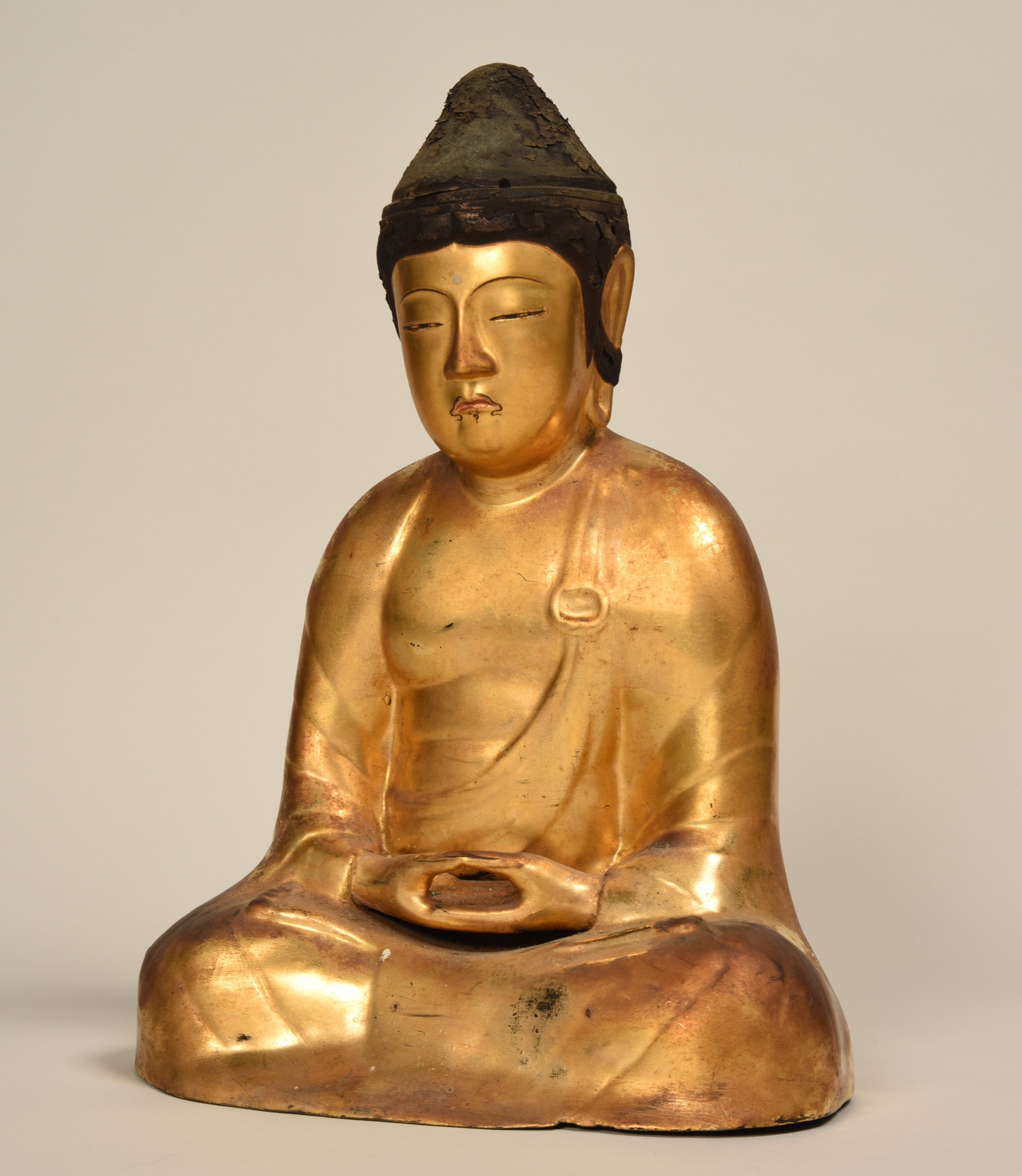
|
Planned Exhibition: Religious Art in Kinokuni – Various Forms of Shinto and Buddhist Deities -
28 August (Sat) – 3 October (Sun), 2021
There are many temples and shrines in Wakayama
Prefecture, and many wonderful Buddhist statues and paintings that express the forms
of prayer have been handed down over the generations. This exhibition
introduces the various forms of Shinto and Buddhist deities through a variety
of beautiful religious works of art, focusing on materials uncovered through
recent research activities by the museum.
←Seated statue of Hokan Shaka Nyorai (owned by Osaki Kannon Temple)
|
|
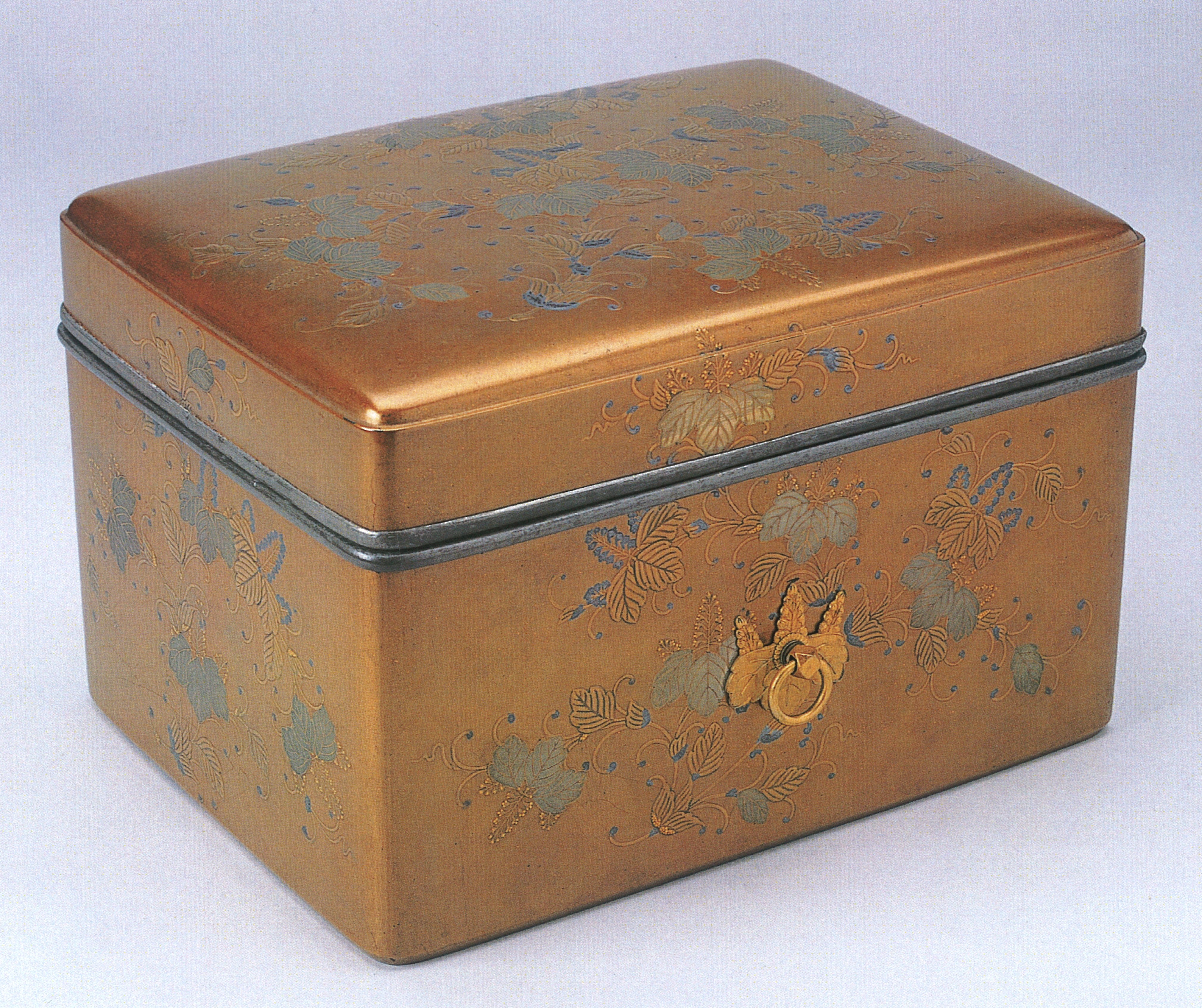
|
The 50th Anniversary
Special Exhibition: Treasures of Kinokuni
– National Treasures and Important Cultural Properties of Wakayama Prefecture
16 October (Sat) – 23 November (Tue/National Holiday), 2021
The Wakayama Prefectural Museum is celebrating its 50th
anniversary since its founding in 1971. Based on the activities of the museum during
this period, this exhibition will focus on the national treasures and important
cultural properties of Kinokuni
(Wakayama Prefecture) that exist both inside and outside of Wakayama
Prefecture.
This event is part of the National Cultural Festival Wakayama 2021.
←A paulownia
lacquer box for personal accessories, a national treasure (owned by Kumano
Hayatama Taisha Shrine)
|
|
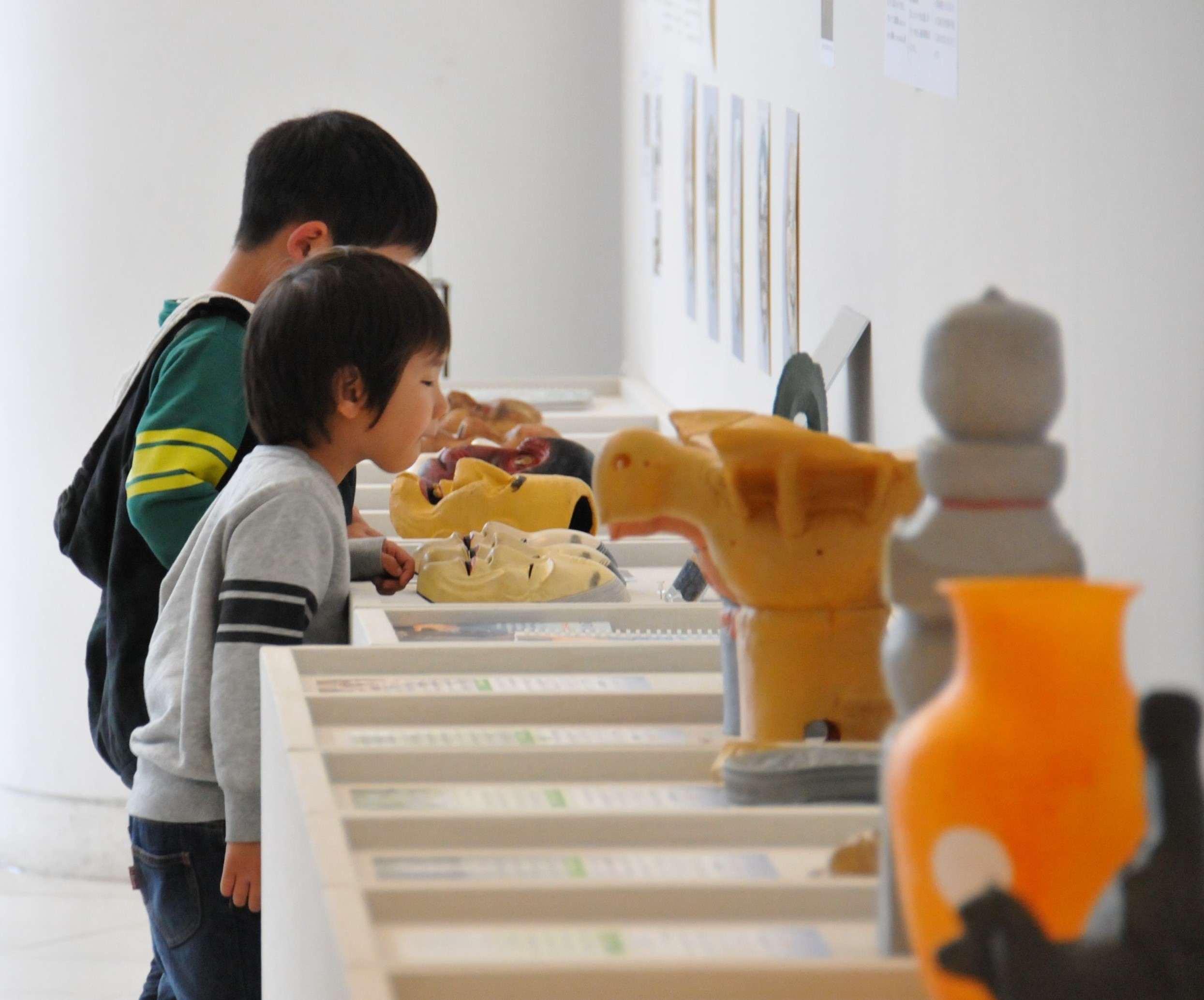
|
Lobby Exhibition: Touch and Learn the
History of Wakayama
-
Touchable Replicas of Cultural Properties and a Touch-and-Read Braille
Catalogue -
30 October (Sat) – 23 November (Tue/National Holiday), 2021
This exhibition introduces touchable 3D printed
replicas of cultural properties made by the museum together with students of
Wakayama Technical High School and Wakayama University, and the braille and tactile
catalogue of cultural properties compiled in collaboration with Wakayama
Prefecture Wakayama School for the Blind.
This event is part of the National Arts and Culture Festival for
Persons with Disabilities in Wakayama.
←Touchable
replicas of cultural properties
|
|
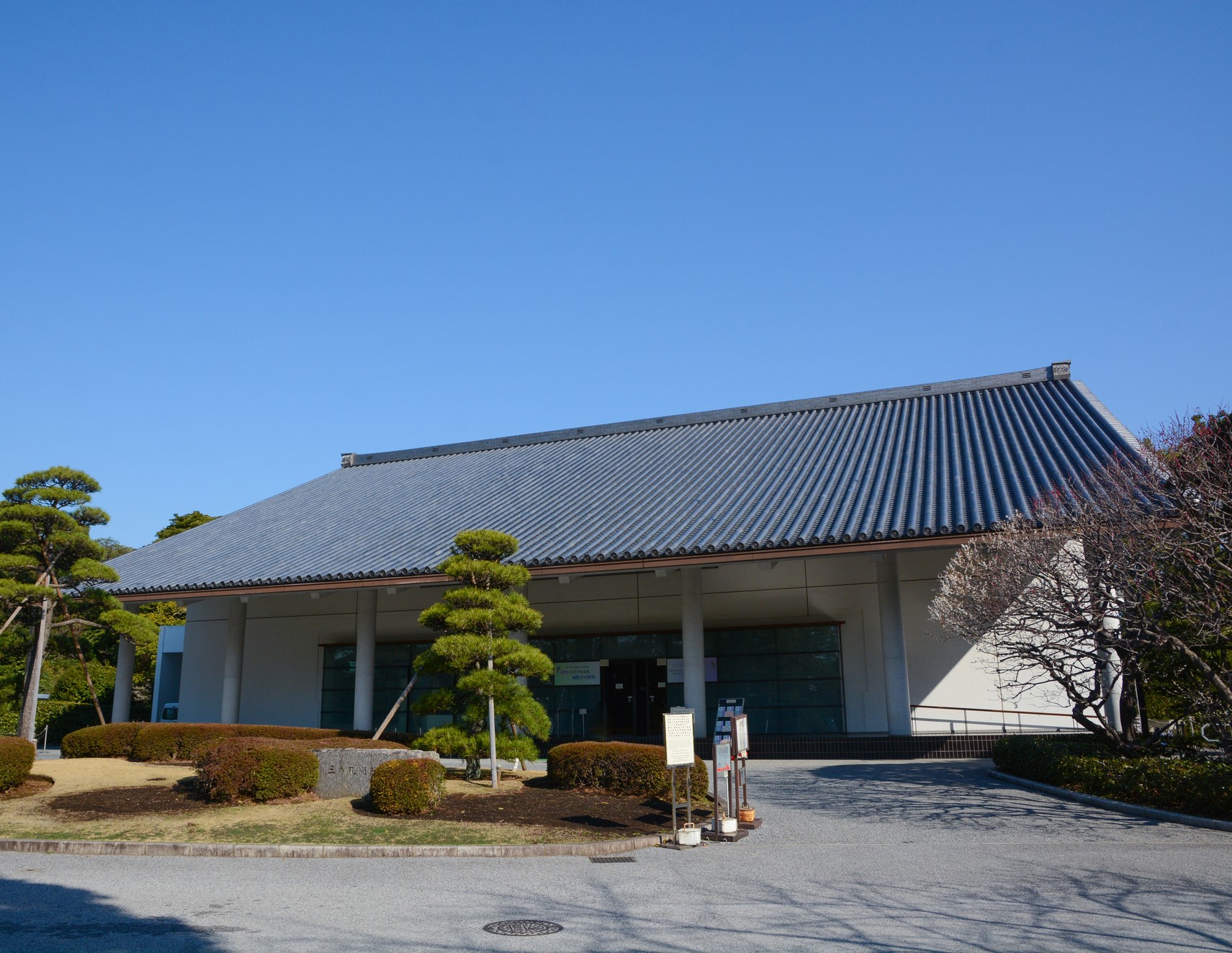
|
Special Exhibition: Wakayama
and the Imperial Family – An Exhibition of Masterpieces from the Imperial
Household Agency’s Sannomaru Shozokan
(the Museum of the Imperial Collections)
4 December (Sat), 2021 – 23 January (Sun), 2022
The Imperial Household Agency’s Sannomaru Shozokan is a museum that preserves and displays works of
art donated by the Imperial Household.
This will be a rare opportunity to borrow works of art including
materials related to Wakayama Prefecture from Sannnomaru Shozokan,
which is currently under reconstruction, and exhibit valuable cultural
properties that have been handed down over the generations of the Imperial
Household.
←The
Imperial Household Agency’s Sannnomaru
Shozokan |
|
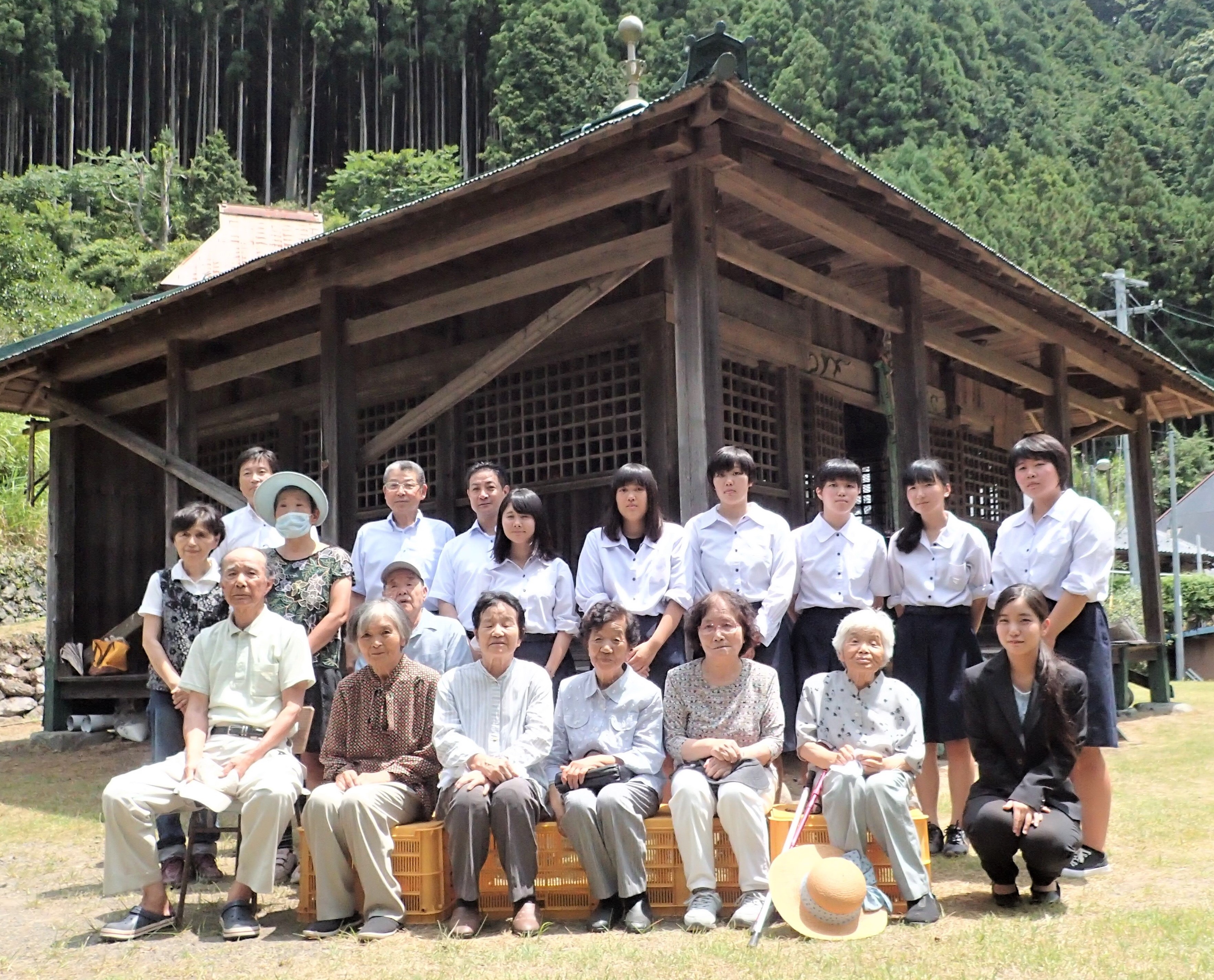
|
Planned Exhibition: Buddhist Statues in Local Communities –
Protection of Cultural Properties by Local Communities -
29 January (Sat) – 6 March
(Sun), 2022
Buddhist and Shinto statues have been carefully
protected and passed down over the generations in various parts of the
prefecture. However, due to the aging and depopulation of rural areas, it has
become difficult to manage them and there also have been cases of thefts. Through
this exhibition, we will consider how communities can protect important
cultural properties and pass them on to future generations.
←Dedication
of a substitute Buddha statue to Shimoyukawa Kannon Temple
|
|
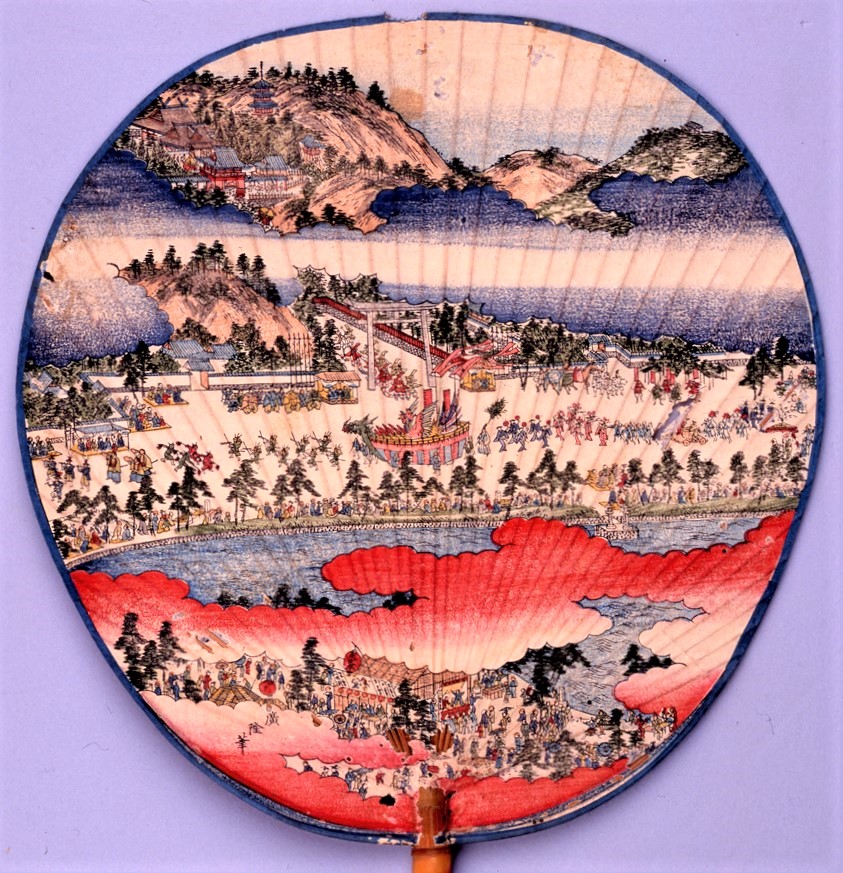
|
Planned Exhibition: Commemorating
the 400th Anniversary of the Waka-matsuri Festival and Waka-no Ura
Bay
12 March (Sat) – 17 April
(Sun), 2022
The year 2022 marks the 400th anniversary of
the Waka-matsuri Festival since its inception in 1622, at the beginning of the
Edo period.
This exhibition will look back over the 400 year history of the
Waka-matsuri Festival and introduce the scenic spot, Waka-no-Ura Bay, where the
festival took place.
←A fan
with a scene of the Waka-matsuri Festival, original painting by Hirotaka Iwahashi (museum
collection).
|
|